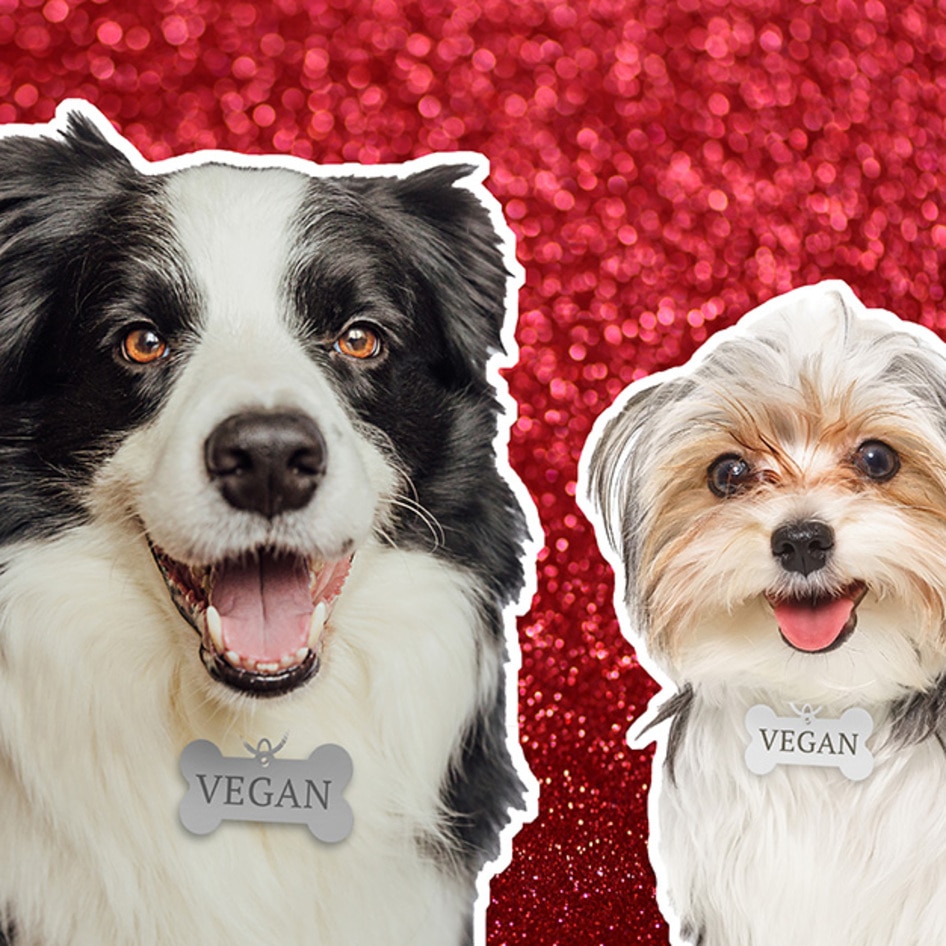How to Responsibly Adopt a Companion Animal
Ready to add some fur to your family? Make your new addition as comfortable as can be by following this easy adoption guide.
November 27, 2012
What better gift for the holidays than a tail-wagging pooch or frisky feline, right? Not so fast. Every year, 3 to 4 million dogs are euthanized while many continue to make excuses to buy from pet stores and breeders. You’ve heard the reasons. They want a new puppy without behavior problems so the kids will be safe. She’s had her heart set on this breed her whole life—and with Christmas around the corner, many will look for a tail-wagging, cuddly addition to the family, only to decide a couple months in that the commitment is too much, leading to an innocent furball being surrendered to a shelter. Too many forgotten friends are dropped off at shelters, while too few people look to shelters, adoption agencies, and rescue groups to find their perfect pal. Adopting a companion animal not only saves a life, but it also opens up a spot in a facility for another animal in need of care. So shun puppy mills and banish breeders—adopt responsibly and be rewarded in animal love. Here’s how.
Before You Adopt
Before you commit to bringing home a cuddly cutie, remember: any animal is in need of a stable home. This is a long-term commitment. Make sure you can answer the following questions: if you rent, are you able to have animals on the property? Do you know for a fact that you can afford to care for your new companion? (Caring for a dog can cost upwards of $1,000 per year.) Do you have time to train, exercise, and play? Do you know what you’re looking for in personality? Relaxed and calm? Or energetic and outgoing? Can you afford to housebreak? Knowing your care limitations, time restraints, and expectations will ensure you end up with the perfect snuggly soulmate—and rescue groups are happy to be your matchmaker.
The Application Process
In the off chance you get caught up in the whirlwind of kitten-fever and neglect to consider the cat-astrophies that could arise from a lack of planning, rescue groups and shelters have you covered. Most have extensive applications to ensure potential adopters understand what is involved in caring for a companion. For example, Northern California Family Dog Rescue asks applicants a variety of questions, from where the dog will be housed to where she will be kept when you’re not home. The organization also asks you to provide vet contact information, to explain if and why you’ve ever given up a companion animal before, why you want to adopt, and describe a typical day for your new addition.
Finding the Right Fit
So how do you go about finding the cuddliest kitten or dutiful doggy? And so what if you really have your heart set on a pug? No problem! Taking the time to find the right adoption organization is important, and luckily, it’s never been easier. Petfinder.com is the largest adoption website in the world and allows you to search for rescues by variety (dog, cat, bird, barnyard, and more), breed (yes, you can get a pug!), zip code and location, age, gender, and size. You can also filter by additional characteristics such as housetrained or special needs, and you can add that your household has young children or existing companion animals. You can also search for specific organizations by name or location, look at breed guides, and browse extensive how-to guides.
Shelters, Groups, and Fosters
Shelters differ from rescue groups in that the application process is usually less lengthy, allows you to bring home your new addition the same day, and the facilities tend to house more animals. This often means that volunteers and staff might not know the animals’ personalities as extensively, and most recommend that you bring a toy for cats and dogs to interact with while you’re getting to know them. In contrast, rescue groups allow you to be more specific in you choice, and many are breed-specific. The application process will be longer than a shelter, and will often involve a home visit to ensure you are a safe match (read: not an animal hoarder). You will be able to find out more specific details about your prospective pooch as volunteers are usually bale to spend more time with the animals. Patience is a definite requirement when taking this route, but ensures safety for all parties, and often helps rescues, foster families, and adoptive families keep in touch. Fostering an animal allows you to help get to really understand the commitments of animal care while taking pressure off animal groups and helping cuddly cats in the process—although saying goodbye to your pal after they’ve been adopted can be downright heartbreaking.
Setting Up Home Sweet Home
A dramatic change of environment is traumatic for anyone, and your adopted cutie will be confused about where he or she is as well as what to expect from you. Be gentle and allow your newbie time to acclimate, while making sure that you’re around to soothe and socialize. Molly Mutt dog duvets are a great idea to help your precocious new pal get used to you. The bed can be stuffed with old pillows, towels, or clothes so your scent can register as familiar, while keeping old garments out of the landfill.
If you’re ready for some great adventure and big love, adoption is a great way to go—after all, being a kick-butt vegan is as much about helping animals as it is about a healthy body and helping the environment. Now that you know the ins and outs, you can encourage even more friends and family to take the animal-saving route too!
JUMP TO ... Latest News | Recipes | Guides | Health | Subscribe







